|
Title |
Professor |
|
Researcher Number(JSPS Kakenhi) |
80620153 |
|
Laboratory Address |
3422 Sesoko, Motobu, Okinawa 905-0227, Japan |
|
Mail Address |
|
|
Laboratory Phone number |
+81-98-047-2997 |
|
|
|
TAKAHASHI Shunichi
|
|
|
Current Affiliation Organization 【 display / non-display 】
-
Duty University of the Ryukyus Tropical Biosphere Research Center Professor
-
Concurrently University of the Ryukyus Graduate School of Engineering and Science Professor
University 【 display / non-display 】
-
1993.04-1997.03
University of the Ryukyus Faculty of Science Graduated
Graduate School 【 display / non-display 】
-
1997.04-1999.03
University of the Ryukyus Graduate School, Division of Science and Engineering Master's Course Completed
-
1999.04-2002.03
University of the Ryukyus Graduate School, Division of Science and Engineering Doctor's Course Completed
External Career 【 display / non-display 】
-
2002.04-2003.03
-
2003.04-2006.03
National Institute for Basic Biology
-
2006.04-2008.03
Australian National University
-
2008.04-2010.12
Australian National University
-
2011.01-2014.09
Australian National University
Affiliated academic organizations 【 display / non-display 】
-
THE JAPANESE SOCIETY OF PHOTOSYNTHESIS RESEARCH
-
JAPANESE CORAL REEF SOCIETY
-
International Society of Photosynthesis Research
-
International Society for Reef Studies
Research Interests 【 display / non-display 】
-
サンゴ
-
褐虫藻
-
共生
-
白化
-
地球温暖化
Research Areas 【 display / non-display 】
-
Life Science / Ecology and environment
-
Life Science / Aquatic bioproduction science
-
Life Science / Plant molecular biology and physiology
Published Papers 【 display / non-display 】
-
Environmental pH signals the release of monosaccharides from cell wall in coral symbiotic alga
Yuu Ishii, Hironori Ishii, Takeshi Kuroha, Ryusuke Yokoyama, Ryusaku Deguchi, Kazuhiko Nishitani, Jun Minagawa,Masakado Kawata, Shunichi Takahashi, Shinichiro Maruyama
eLife 12 e80628 2023.08 [ Peer Review Accepted ]
Type of publication: Research paper (scientific journal)
-
Access this article
-
-
Moonrise timing is key for synchronized spawning in coral Dipsastraea speciosa
Che-Hung Lin, Shunichi Takahashi, Aziz J. Mulla, Yoko Nozawa
PROCEEDINGS OF THE NATIONAL ACADEMY OF SCIENCES OF THE UNITED STATES OF AMERICA ( NATL ACAD SCIENCES ) 118 ( 34 ) 2021.08 [ Peer Review Accepted ]
Type of publication: Research paper (scientific journal)
-
Access this article
-
-
Photo-movement of coral larvae influences vertical positioning in the ocean
Aziz J. Mulla, Che-Hung Lin, Shunichi Takahashi, Yoko Nozawa
CORAL REEFS ( SPRINGER ) 40 ( 4 ) 1297 - 1306 2021.08 [ Peer Review Accepted ]
Type of publication: Research paper (scientific journal)
-
Access this article
-
-
Chloroplast acquisition without the gene transfer in kleptoplastic sea slugs, Plakobranchus ocellatus
Maeda T, Takahashi S, Yoshida T, Shimamura S, Takaki Y, Nagai Y, Toyoda A, Suzuki Y, Arimoto A, Ishii H, Satoh N, Nishiyama T, Hasebe M, Maruyama T, Minagawa J, Obokata J, Shigenobu S
eLife ( ELIFE SCIENCES PUBLICATIONS LTD ) 10 10:e60176 2021.04 [ Peer Review Accepted ]
Type of publication: Research paper (scientific journal)
-
Access this article
-
-
Loss of symbiont infectivity following thermal stress can be a factor limiting recovery from bleaching in cnidarians
Kishimoto Mariko, Baird Andrew H., Maruyama Shinichiro, Minagawa Jun, Takahashi Shunichi
ISME JOURNAL ( SPRINGERNATURE ) 14 ( 12 ) 3149 - 3152 2020.12 [ Peer Review Accepted ]
Type of publication: Research paper (scientific journal)
-
Access this article
-
Search related information
-
Other Papers 【 display / non-display 】
-
Symbiotic relationship between corals and algae : from association to disassociation
68 ( 1 ) 24 - 29 2016 [Refereed]
-
Photoinhibition and Photoprotection Mechanisms under Excessive Light Conditions
23 ( 2 ) 57 - 63 2013 [Refereed]
Presentations 【 display / non-display 】
-
Molecular study of moonlight regulation in coral synchronous spawning
Ee Suan TAN, Che-hung LIN, Luigi COLIN, Christian VOOLSTRA, Yoko NOZAWA, Shunichi TAKAHASHI
日本サンゴ礁学会第26回大会 2024.11 - 2024.12
-
Does cooling from typhoons prevent coral bleaching?
Tanya SINGH, Muggi Bachtiar, Parviz TAVAKOLI-KOLOUR, Naoki KUMAGAI, Kazuhiko SAKAI, Akira IGUCHI, Shunichi TAKAHASHI
日本サンゴ礁学会第26回大会 2024.11 - 2024.12
-
Effect of light on heat-induced bleaching in corals
Sanaz HAZRATY-KARI, Parviz TAVAKOLI-KOLOUR, Muggi BACHTIAR, Shunichi TAKAHASHI
日本サンゴ礁学会第26回大会 2024.11 - 2024.12
-
What is the maximum survivable temperature for corals?
Muggi BACHTIAR, Parviz TAVAKOLI-KOLOUR, Sanaz HAZRATY-KARI, Naoki KUMAGAI, Akira IGUCHI, Yoko NOZAWA, Shunichi TAKAHASHI
日本サンゴ礁学会第26回大会 2024.11 - 2024.12
-
Adaptation of corals to future warm environments
高橋 俊一
Seminar (Academia Sinica) 2018 - 2018
Grant-in-Aid for Scientific Research 【 display / non-display 】
-
Challenging research (development)
Project Year: 2024.06 - 2029.03
Direct: 19,900,000 (YEN) Overheads: 5,970,000 (YEN) Total: 25,870,000 (YEN)
-
Grant-in-Aid for Scientific Research(B)
Project Year: 2024.04 - 2028.03
Direct: 16,770,000 (YEN) Overheads: 12,900,000 (YEN) Total: 3,870,000 (YEN)
-
Grant-in-Aid for Scientific Research(A)
Project Year: 2024.04 - 2028.03
Direct: 36,800,000 (YEN) Overheads: 11,040,000 (YEN) Total: 47,840,000 (YEN)
-
Grant-in-Aid for Scientific Research(A)
Project Year: 2023.04 - 2027.03
Direct: 36,200,000 (YEN) Overheads: 10,860,000 (YEN) Total: 47,060,000 (YEN)
-
Grant-in-Aid for Scientific Research(C)
Project Year: 2023.04 - 2027.03
Other External funds 【 display / non-display 】
-
Project Year: 2012 - 2014
Member: TAKAHASHI Shunichi Offer Organization: Australian Research Council
Total: 30,000,000 (YEN)
-
Project Year: 2011.01 - 2015.12
Member: TAKAHASHI Shunichi Offer Organization: Australian Research Council
Total: 60,000,000 (YEN)
SDGs 【 display / non-display 】
-
サンゴ礁に生息するサンゴは、体の中に褐虫藻と呼ばれる藻類を共生させています。これにより、サンゴは動物でありながら、光(光合成)で栄養を得ることができます。しかし、海水温の上昇によるサンゴの白化(褐虫藻の喪失)が起こると、サンゴは栄養不足となり餓死します。地球温暖化に伴い、「サンゴの白化」と「サンゴ礁生態系の崩壊」が地球規模の問題となっており、早急の解決が望まれています。
サンゴの白化の起こりやすさは、共生する褐虫藻の種類によりことなります。そのため、サンゴは高温に適した褐虫藻種を共生させることで、白化を回避することができます。しかし、自然界では、これが簡単には起こりません。そこで私の研究室では、サンゴが高温に適した褐虫藻種を効率よく獲得する技術の開発を進めています。この技術は、「サンゴの白化抑制」や「サンゴ礁生態系の保全」に役立つと期待されます。
本研究プロジェクトを支援・協力する企業を募集しています。興味があれば、高橋までご連絡ください。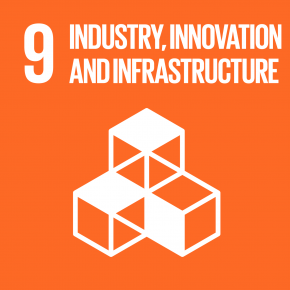
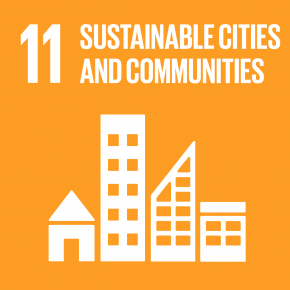
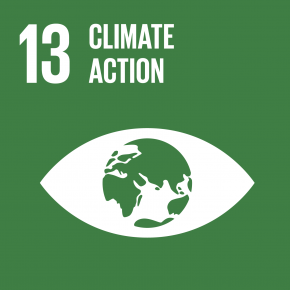
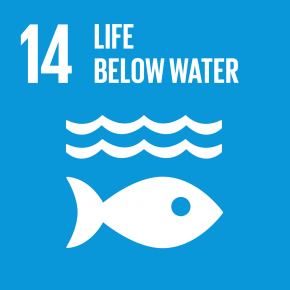
Social Activity 【 display / non-display 】
-
2025.04
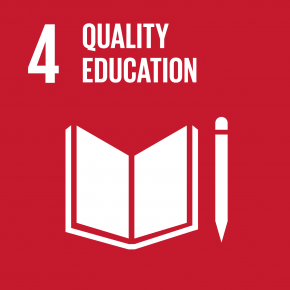


-
2024.03



-
2024.01


-
2023.10



-
2023.09






